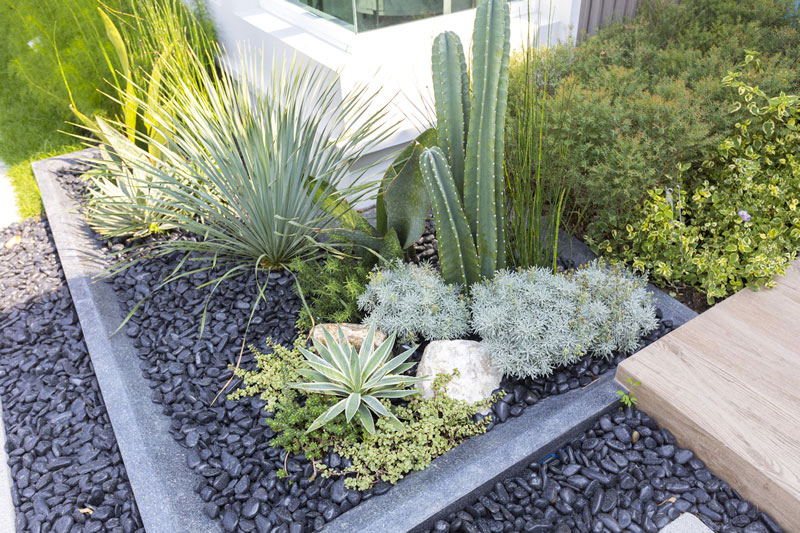Best Plants and Practices for California Landscapes
California’s unique climate, characterized by dry summers and mild, wet winters, poses specific challenges for gardening enthusiasts and landscape professionals. In response to recurring drought conditions, it’s imperative to select drought-tolerant plants while employing sustainable gardening practices. This blog post explores the best types of grass and plants for California’s dry climate, alongside recommendations for efficient irrigation, mulching, and eco-friendly pest management.
Drought-Tolerant Grasses and Groundcovers:
Buffalo Grass (Bouteloua dactyloides)
Perfectly suited for California’s climate, Buffalo Grass is a low-maintenance, drought-resistant option. It requires minimal watering once established and offers a dense, attractive turf that can withstand high temperatures.
Bermuda Grass (Cynodon dactylon)
Another resilient choice, Bermuda Grass thrives in full sun and provides a durable, albeit higher maintenance, lawn option. It’s particularly suited for high-traffic areas due to its rapid growth and recovery rate.
Creeping Thyme (Thymus serpyllum)
Ideal for spaces where minimal foot traffic is expected, creeping thyme offers an aromatic, evergreen groundcover that flowers beautifully while requiring minimal water.
Drought-Resistant Plants and Shrubs:
California Poppy (Eschscholzia californica)
The state flower of California, this vibrant plant is not only beautiful but also remarkably drought-tolerant. It can thrive in poor soil and requires minimal water once established.
Lavender (Lavandula)
With its fragrant flowers and attractive foliage, lavender is a perfect addition to any California garden. It thrives in full sun and poor, dry soils, making it an excellent choice for water-wise landscaping.
Manzanita (Arctostaphylos)
Manzanita’s striking red bark and evergreen leaves make it a standout in any landscape. This hardy shrub is native to California, requiring little water or maintenance once established.
Sustainable Gardening Practices:
Efficient Irrigation Systems
- Drip Irrigation: Targets the root zone directly, minimizing evaporation and runoff, and making it far more efficient than traditional sprinkler systems.
- Smart Controllers: These irrigation controllers adjust watering based on soil moisture levels and weather predictions, preventing water waste.
Mulching
- A layer of mulch not only suppresses weeds but also retains soil moisture, reducing the need for frequent watering. Organic mulches, like wood chips or straw, additionally enrich the soil as they decompose.
Eco-Friendly Pest Management
- Beneficial Insects: Introducing or encouraging beneficial insects, such as ladybugs and lacewings, helps control pest populations naturally.
- Neem Oil and Insecticidal Soaps: For more severe infestations, these organic options effectively target pests without harming beneficial insects or the environment.
Conclusion:
Adapting our gardening practices to California’s dry climate not only conserves valuable water resources but can also result in vibrant, low-maintenance landscapes. By selecting drought-tolerant grasses, groundcovers, and plants while implementing efficient irrigation systems, mulching, and eco-friendly pest management strategies, it’s possible to enjoy lush gardens that thrive in harmony with their natural surroundings. Whether you’re a seasoned gardener or a landscaping novice, these insights can guide you in creating a garden that’s both beautiful and sustainably suited to California’s unique climatic challenges.



